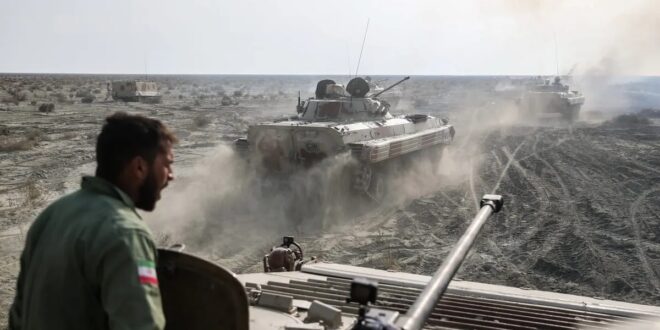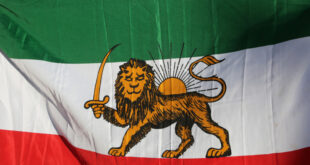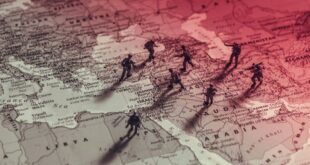After a long period of arduous negotiations with Iran, and after failure seemed closer than success, the parameters of the negotiations returned and changed, and the US was close to signing an agreement with Iran that would eliminate its ambitions to possess a nuclear weapon in exchange for the lifting of economic sanctions.
It is true that differences in details, pressures, or Israeli quests may hinder at the last minute the signing of the agreement, but the big question is: How does the United States’ signing of an agreement with Iran relate to its tools in the region, and will this agreement, if signed, help bring stability in more than one Arab arena, such as Lebanon, Iraq and Yemen? Or will it give Iran more cards of power in the region after the lifting of economic sanctions?
The attendance of the Hezbollah and the Amal Movement’s ministers at the Lebanese Council of Ministers meeting after they boycotted for months came in the wake of progress in the Vienna negotiations. At the same time, we found a Houthi escalation with a terrorist attack launched against Abu Dhabi, followed by a military response from the coalition forces, which is a message contrary to the progress of the negotiations.
It can be said that the American understanding with Iran and the signing of a nuclear agreement with it will lead to the repositioning of Iranian tools in the region according to each context separately, unlike what happened during Trump’s siege of Iran, which weakened its economic capabilities but strengthened its nuclear activity. However, at the moment, lifting the sanctions and signing an agreement will end its nuclear activities and give it economic and financial boosts that may enhance its influence in the region.
It is important for the Arabs to distinguish between the American-European calculation, whose goal is to stop Iran’s nuclear programme, and between the Arab calculations, whose priority will be Iran’s tools and then its nuclear programme, just as Israel had its own calculation despite the depth of its alliance with America. It did not fully match the US calculations, even if it considered stopping Iran’s nuclear activity as a common goal between the two sides.
The view of the US democratic administration, along with the three European leaders (Germany, Britain and France) is based on a “containment” perception that believes Iran can be integrated into the international system and transformed from an opposition from outside the international system to an opposition from within and perhaps part of it.
It is possible that this policy will succeed with Iran or with others because those who propose it are countries leading an international system, but the problem remains that Iran is a country that has military arms and militias in many Arab countries, and therefore its problem with America and the international community will not be completely resolved. This includes the problem of its tools, starting with Hezbollah, then the Houthis, and ending with the Iraqi militias, and this requires an Arab vision for dealing with Iran and its tools, the aspects of which must now be discussed.
 Eurasia Press & News
Eurasia Press & News



